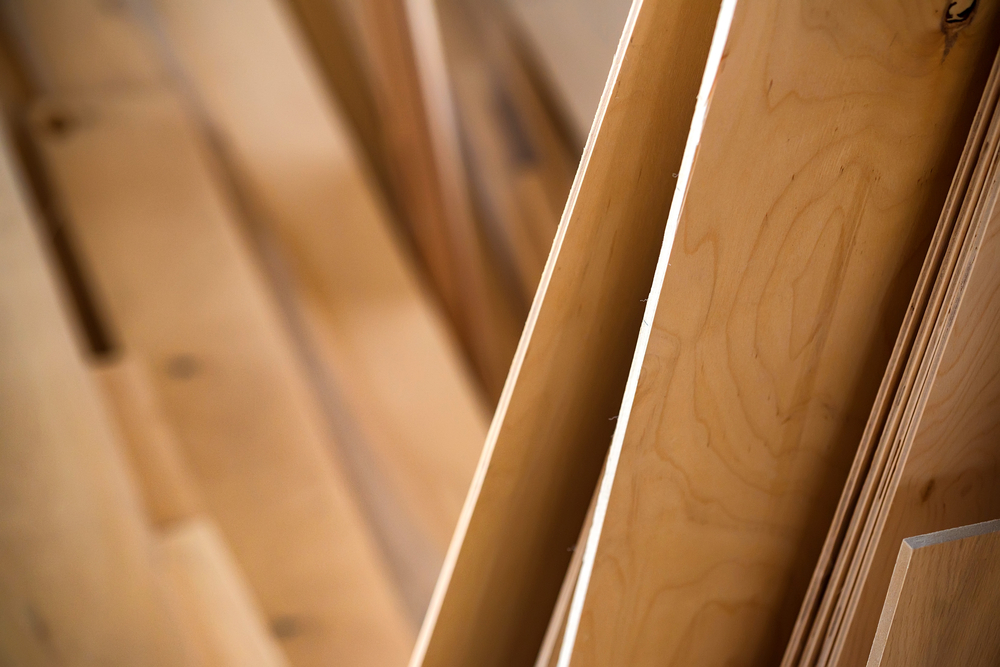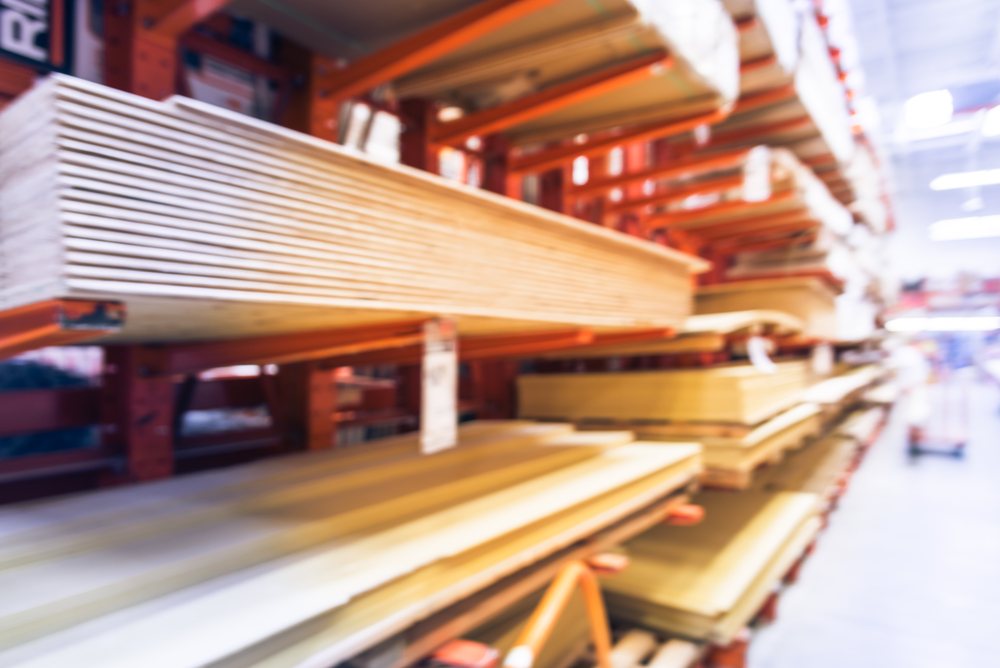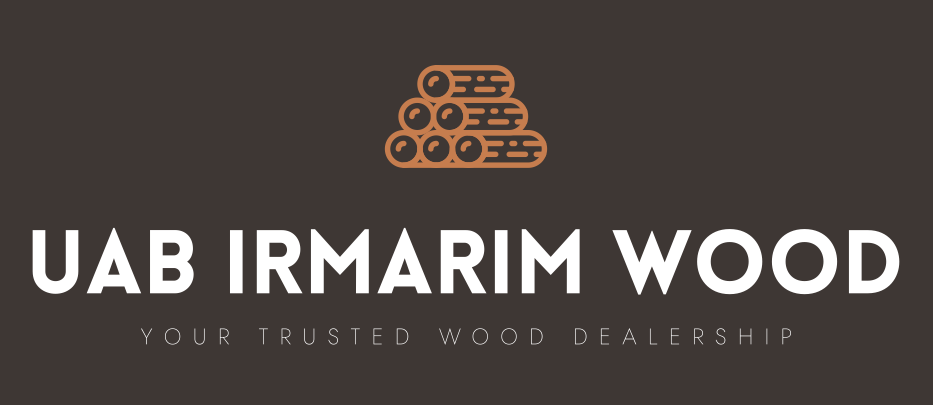Plywood is commonly used in construction and manufacturing. We see this magic material being used in home interiors and large buildings. In fact, some versions of plywood are also used in shipbuilding.
How does plywood design play such an important role in your home interiors? And should you choose plywood types over other options available in the market? Read on to know everything about plywood in your home interiors.
What is Plywood?
Plywood is an engineered wood made from thin sheets of veneer (also called plies, hence the name). The sheets are glued together in alternating right angles to form a cross-grain pattern.
The criss-cross structure of the board adds strength and stability to the material. This helps in minimising shrinkage and warping of the furniture in the face of humidity or changing temperature.

Features of Plywood
Over time solid wood furniture has become untenable due to the lack of availability of wood.
Ever since, plywood has been the preferred material for making fixed furniture like wardrobes and kitchen cabinets, beds and tables.
There are many types of plywood and you can make your choice of material based on your specific needs. Here are some of the features of various types of plywood in India:
- The number of plies determines the thickness of the board, which is available in odd numbers for dimensional stability. The minimum number of plies is 3, while 5 and 7 plies are also commonly available.
- Grades of plywood define the quality and appearance of the board, with ‘A’ signifying the best quality and ‘D’ the lowest.
- Standard size of plywood is 4’ x 8’ or 3’ x 7’, with thickness ranging from 1/8th inch to 1 ¼ inch.
- Usually, starting price ranges from Rs 45 per sq ft (for 6 mm thick water-resistant boards) to Rs 30 per sq ft (for commercial boards from reputed manufacturers like Greenply and Duroply).
- Plywood is available as pre-laminated and pre-veneered boards. While this option reduces the execution time, the range of finishes available is very limited.
- Plywood has high strength and durability and holds screws well without splintering.
- It is cheaper than wood but more expensive than MDF and particleboard.
- Plywood can be reused and recycled. It is considered to be more environmentally friendly than solid wood. However, resins and glue used can cause harmful emissions in the long run.
- To prevent off-gassing, buy plywood that is manufactured using ‘green’ processes. Don’t forget to ensure that all surfaces are sealed completely.
- Due to its layered construction, plywood cannot be shaped or routed like MDF.
- Exposure to water can cause damage to the board. However, this is minimized in case of water-resistant and waterproof boards. They are also known as Marine boards.
- The surface is raw and must be finished using laminate, veneer or paint.

Types of Plywood for Furniture Available in the Market
1. Commercial Plywood
Commercial ply is not resistant to dampness or moisture exposure. It is the best plywood for wardrobes and cabinets or in dry areas like bedrooms or living rooms. It has better resistance as compared to MDF.
MDF easily swells up and gets damaged when exposed to even a little bit of moisture.
2. Marine Plywood
The most superior quality of ply available, marine ply is waterproof. It can be used in exterior applications as it does not get damaged even when immersed in water.
The ply is also known as Boiling Waterproof (BWP) ply.
3. Water-Resistant BWP Ply
Water-resistant plywood is suitable for areas lying in high humidity, like bathrooms and kitchens. It is also called Boiling Water Resistant (BWR) ply.
4. Softwood and Hardwood
Softwood is a wood obtained from non-deciduous trees, like cedar and pine.
Plywood from softwood is cheaper than that from hardwood, like teak, walnut or rosewood. Hardwood boards are stronger and more durable than softwood boards.
5. Decorative Plywood
Decorative plywood is veneered on the surface with a thin layer of natural wood.
The surface has the qualities of natural wood, with natural grains. It can be sanded and polished like real wood and used for plywood interior design.
6. Fire Retardant Plywood
Fire retardant plywood has low flammability, flame penetration, and burning rate.
Although not fireproof, it can withstand a fire long enough, allowing people to safely evacuate the premises.
Choosing the Right Plywood for Your Home
Now that you are equipped with all the information you need on the features and types of plywood, you can make the right material choices for your home!
If your home is in a coastal area, think of using water-resistant or waterproof boards to withstand humidity in the air.
Commercial ply can be used in areas that are not exposed to moisture, while water-resistant ply can be used in kitchens and bathrooms for greater durability.
Want more guidance with respect to your home interiors? The HomeLane team can help you make all the right décor decisions!
Advantages of Plywood
Listed below are the important advantages of using plywood for space saving furniture:
- As compared to MDF, plywood has excellent structural strength
- Plywood isn’t very susceptible to water damage
- You can paint or polish plywood for the finish you desire for the plywood design
- Plywood can be cut in any shape to suit your ply interior design
- Plywood does not shrink, warp or bend, giving you design flexibility
- Plywood is available in different thicknesses to suit your plywood design needs
- You can avoid joints in ply interior design because plywood is available in different sizes
- Plywood is a more economical option as compared to wood
Disadvantages of Plywood
Despite its usefulness and versatility, plywood does have some flaws:
- Plywood interior design requires high-quality finishing of the edges, otherwise the layers of wood and veneer are prominently visible
- Plywood may emit toxic fumes if quality isn’t checked before purchasing
- Plywood is difficult to cut – it requires electric cutting machines and skilled hands
- It is susceptible to splintering at the edges, making it an injury hazard for the handlers
- Plywood isn’t sightly in its nascent forms, and requires surface finishing with laminates for its beautification
Frequently Asked Questions
How Many Types of Plywood are There?
There are six plywood types in total:
- Decorative plywood: Plywood used as surface veneer for decorative purposes
- Fire retardant plywood: This type of plywood has low flame penetration and flammability
- Water-resistant BWP plywood: This type of century plywood is water resistant
- Marine plywood: This variant is the superior type of plywood in India – it is waterproof.
- Hardwood and soft plywood: Hardwood is obtained from teak or walnut whereas softwood from cedar or pine
- Commercial plywood: Plywood best suited for furniture
What are the 4 Types of Plywood?
Listed below are different types of plywood based on structural properties:
- MDF plywood: a sandwiched plywood with multi-density fibre layers
- Veneer core plywood: The most basic type of plywood with layers of wood glued together
- Exterior sheathing plywood: The type of plywood most suited for exterior work
- Subfloor plywood: Squeak-free grade plywood for flooring with T&G rating
- Lumber core plywood: One of the best types of plywood for cabinets. It has layers of lumber veneer sandwiched together
- ApplePly: A high quality type of plywood used in interior like the veneer core variant used for furtniture
What are the 5 Grades of Plywood?
The plywood for interior design comes in four distinct grades for softwood:
- A: Highest quality grade of plywood. It can be used for display-purpose projects
- B: Quality is a notch below A-grade plywood. This grade has minor flaws which go away with repairs
- C: Average-quality material for plywood design. It has visible knots up to 1.5 inches in diameter
- D: The most affordable plywood grade. However, it is low quality and has prominent flaws
Which is the Best Waterproof Plywood?
Austin and Century ply are the two brands that provide the best types of plywood in India that are labelled waterproof.
